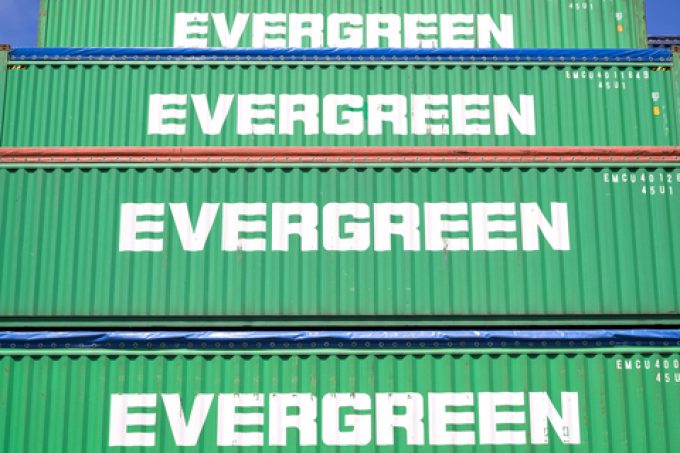USTR fee could price Chinese carriers out of US trades
The October implementation of the US Trade Representative port fees will mean a “forced concentration” ...

Liner operators and container lessors have rushed to build new boxes, as freight rates rocketed to historical highs in the past two years, which has resulted in an equipment glut, eroding prices of pre-owned containers.
But carriers, such as Evergreen, continue to order more.
Yesterday, Hamburg-based consultancy ...

Comment on this article